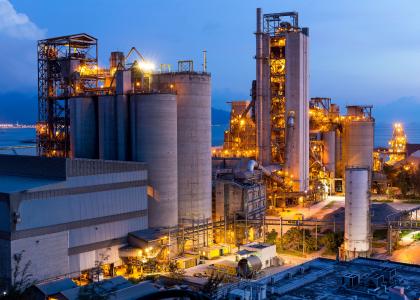As you may know, I’ve been thinking about issues relating to the utility of the future, as documented in our June 2014 report. The report mentions, but does not emphasize, a potential emerging trend that could have a large impact on many utilities: the reduction of the traditional mid-afternoon peak, and the growth of an evening peak. (Peak is the time when demand for power is highest.)
In many regions, evening peaks have been growing, as more consumers install air conditioners and operate them when they get home from work. But two other factors are augmenting this trend. First and foremost is the growth in consumer-owned photovoltaic systems. These systems generate the most power on sunny afternoons, which is about when the traditional early afternoon peak occurs. But when the sun goes down, extra power is quickly needed to replace this solar power. Recent and projected data from Hawaii (where photovoltaic ownership is much higher than any other state) shows these effects. Even in 2012 photovoltaic systems likely depressed the afternoon peak in Hawaii.
Source: http://www.greentechmedia.com/articles/read/hawaiis-solar-grid-landscape-and-the-nessie-curve.
Second, and probably less significant, is that growing electric vehicle ownership could exacerbate this effect if consumers routinely recharge their vehicles when they get home from work. Overnight charging would not contribute to this problem.
There are many ways to address the growing evening peak, including the following:
- Energy efficiency, particularly measures that reduce the evening peak such as efficient lamps, water heaters, stoves and ovens.
- Smart controllers that minimize energy use during the evening peak. To provide just one example, a smart refrigerator would not turn on the defrost cycle during this period and might even turn off the main compressor for a few minutes. Likewise, smart charging systems for electric vehicles could be used, such as a new system recently demonstrated by the Electric Power Research Institute (EPRI), working with a consortium of utilities and auto manufacturers.
- Expanded use of demand-response programs to lower the new peak (and coordination of these efforts with energy efficiency programs).
- Time-of-use rates and/or demand charges that raise the price of power use during peak times and a lower them at off-peak times.
- Use of energy storage at a system, community, or end-user level. Storage able to provide power for several hours could be very useful.
- Fast ramp-up generation to serve the evening peak and other times when renewable energy production plummets, for example when the wind dies down. Hydro is ideal, but fast ramp-up gas units are now entering the market.
In my opinion, the time of the peak will change in many regions. The shift will be gradual in most areas, so we have time to address it. Rather than trying to stop this change by restricting photovoltaic systems, we'll be better off figuring out how to manage it, taking advantage of the time we have.




